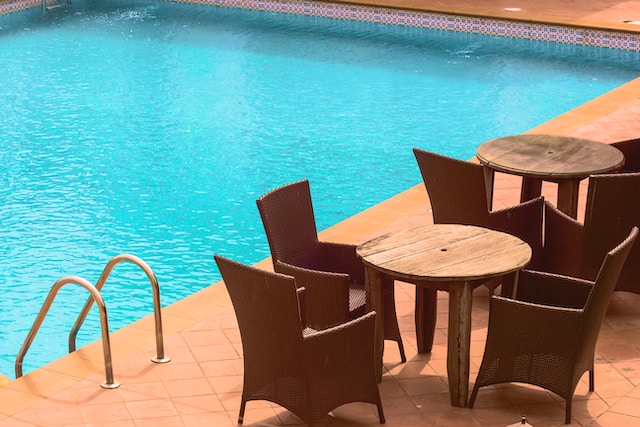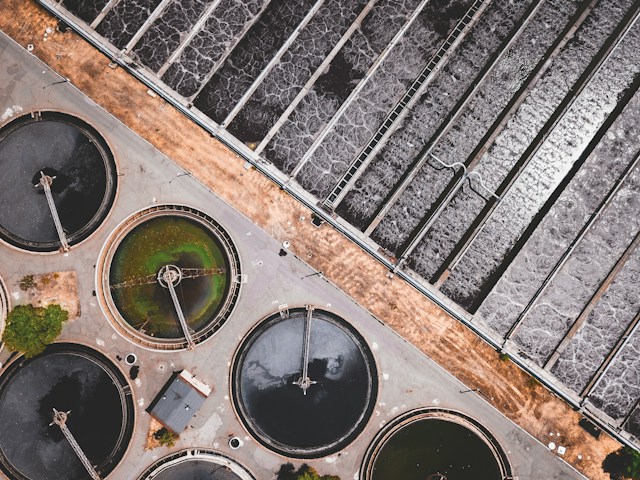The cost of running a pool service business will depend on the work being done. For example, a cosmetic upgrade like a fountain might only cost a few hundred dollars, but redoing the liner or concrete could be much more expensive.
Another cost-saving tip is to backwash the pool in the sight glass when the water is clear. Continuing to backwash for too long wastes water.
Don’t Backwash Too Long
Backwashing a pool removes the dirt and debris accumulating in the filter’s sand. Knowing how often to backwash your pool, when, and how to do it is important.
While it is normal for pools to lose water through evaporation, an unexplained drop in your pool’s water level may indicate a leak or broken plumbing. If you suspect a leak in your Tucson swimming pool, consult a professional to determine if swimming pool repairs St Louis County, MO can be made without draining the entire pool.
It is a good idea to backwash your sand filter periodically, especially after vacuuming the pool. Generally, you should backwash your filter when the pressure gauge displays 8-10 psi above the starting “clean” pressure. It’s also a good idea to backwash after major storms or any time you see an increase in the amount of leaves falling near your pool.
Use a Pool Cover
A well-maintained pool cover is an invaluable investment, saving you time and energy in clearing out the water of bugs, leaves, and other debris. A well-used pool cover is estimated to cut your cleaning costs by up to 50%.
Over time, however, sun, wind, and rain take their toll on even the sturdiest covers. If you notice any signs of severe damage, consult a professional for advice on how to proceed.
In the meantime, you can do a few things to prevent your cover from becoming a permanent pool puddle. First, invest in a cover pump to clear out any excess water that accumulates (especially after heavy rainfall). It’s important to inspect anchors and straps regularly to ensure everything is in good condition.
Keep Your Pool Clean
Your pool is a place to have fun, but it can quickly become an eyesore if you let it get dirty. It’s important to clean the water regularly to avoid dirt, debris, and fungus.
Keeping the water clean is vital for swimmers’ health and well-being. If ingested, dirty water can cause skin rashes, eye and ear infections, diarrhea, and stomach cramps.
Regular cleaning, such as brushing the floor and walls, and a good water testing program are essential for keeping your pool in shape. Proper maintenance can help you avoid expensive repairs in the future.
Use Vinegar to Clean the Walls
Cleaning walls can become a time-consuming and expensive chore. When a pool’s walls are covered with handprints, grease stains, or musty smells, they give a pool a disheveled appearance that can turn off prospective customers and hurt sales.
Try a simple mixture of vinegar and water to clean these unsightly surfaces. This solution is gentle enough to leave painted walls intact yet strong enough to remove gunk and grime.
It is also a good way to restore the shine of metal surfaces and can help lower your pool’s pH levels if they are too high. A low pH indicates acidic water and can be counterproductive to healthy, clear swimming water.
Install a Heater
The temperature of pool water can drop as the seasons change. A pool heater will keep your pool warm when the weather turns chilly.
Gas and propane heaters heat the water directly, while pool heat pumps draw in air to do the same job. The latter costs more to maintain than the former.
It is best to monitor the pool’s water level and keep it at a safe pH level. Skimming the pool, testing and balancing chemicals, cleaning the walls, and clearing out debris every week is also necessary.
It is necessary to repair any leaks. Depending on the type and severity of the leak, it may require draining and refilling the pool. The repairs can range from $100 to $8,000 based on the solution needed.




